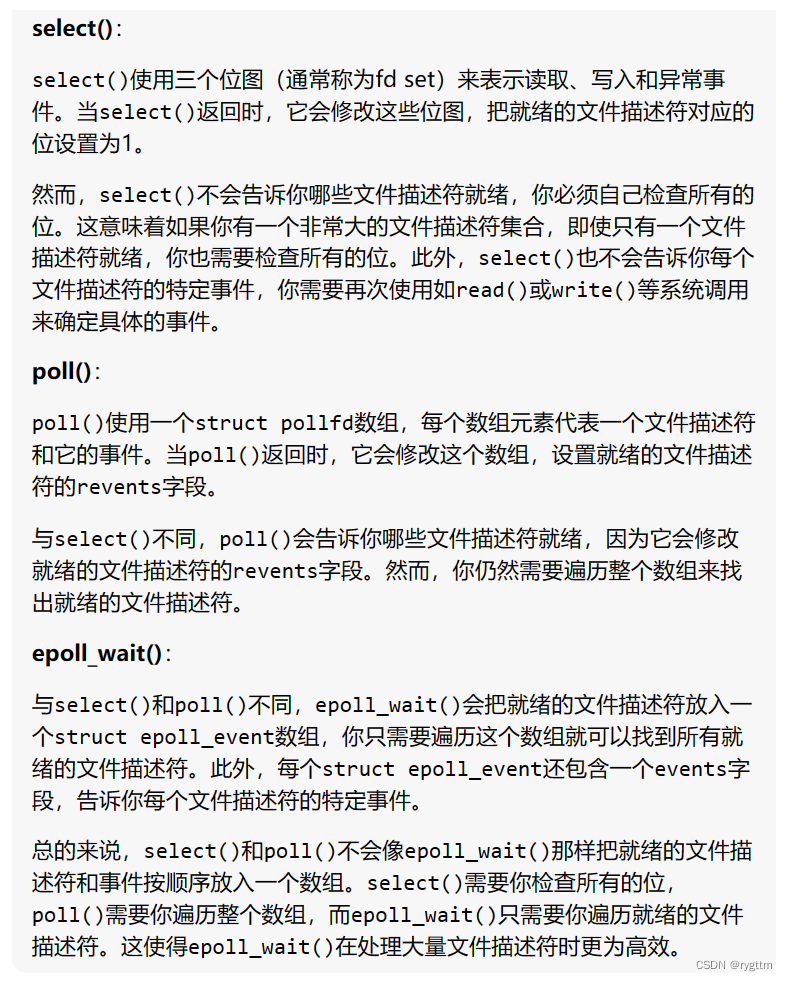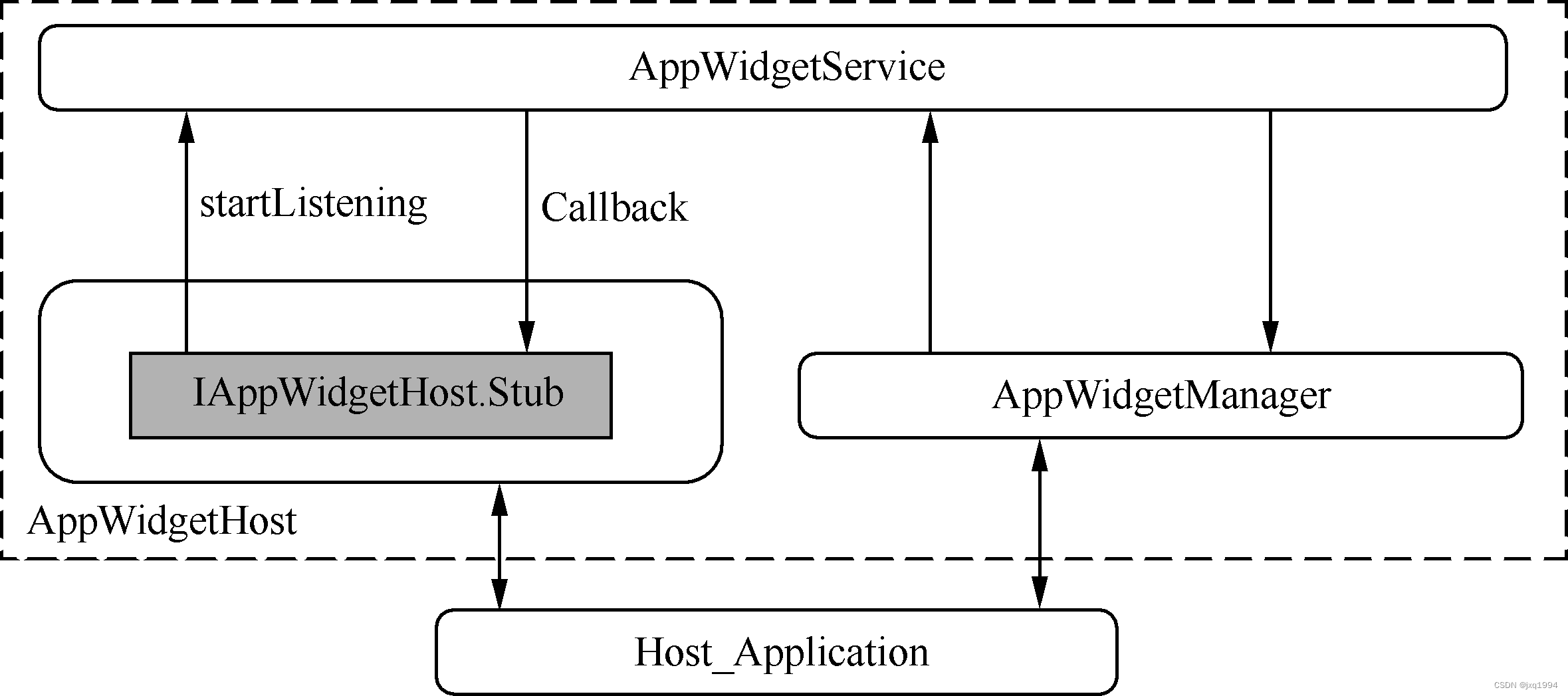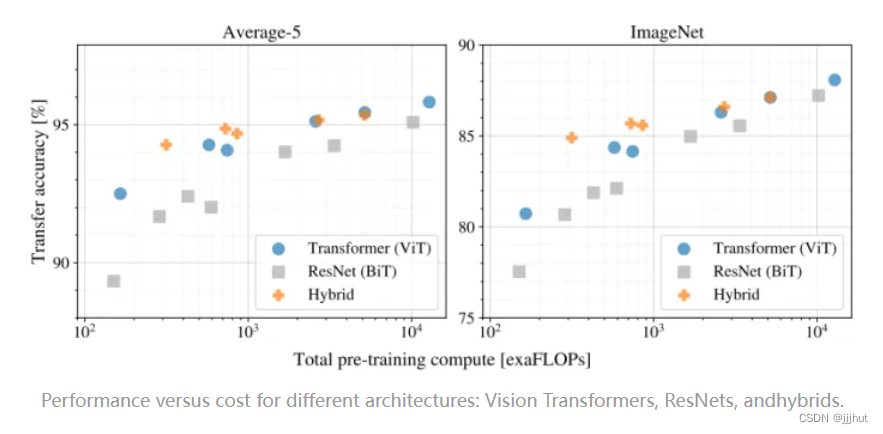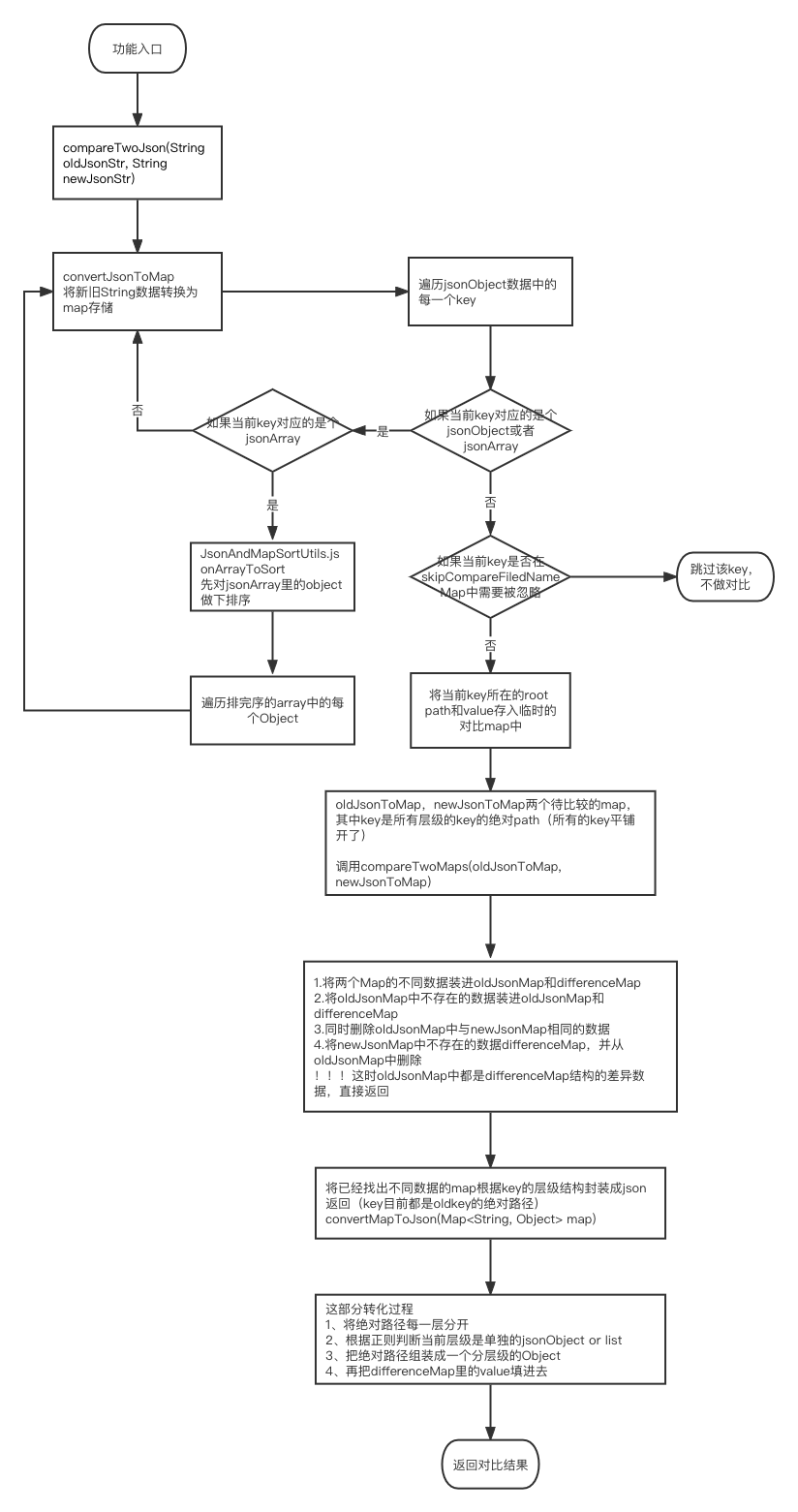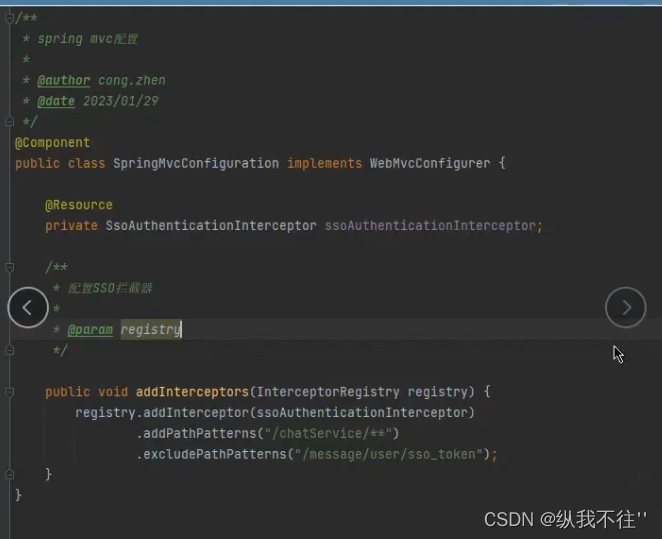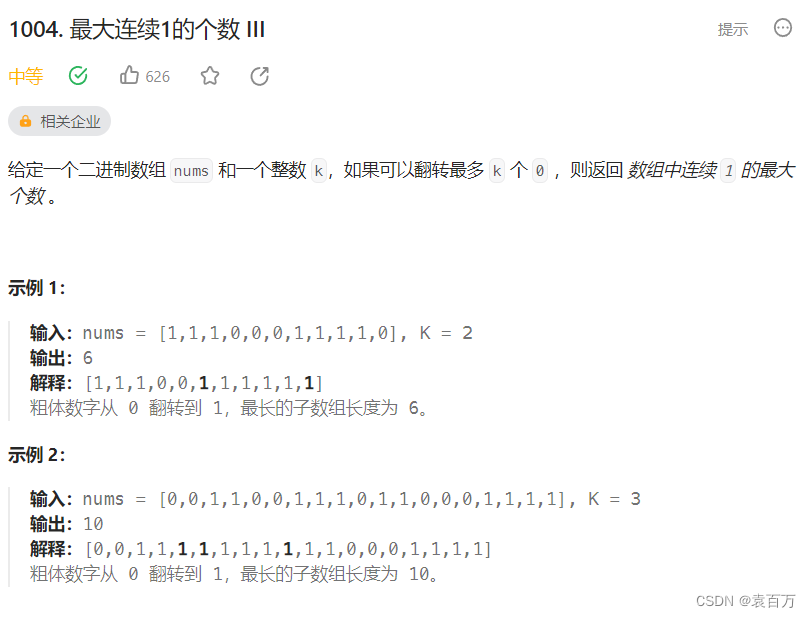一、场景:
二、结论:
1. 四种方法耗时
三、代码:
一、场景:
- 求差集 List1 - Lsit2
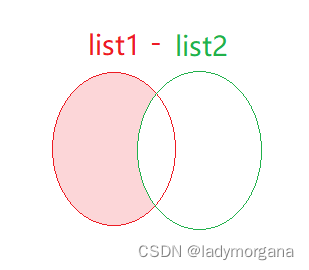
二、结论:
1. 四种方法耗时
| 初始条件 | 方法名 | 方法思路 | 耗时 | |
| List1.size=319418 List2.size=284900 | List..removeAll(Lsit2) | 1036987ms | ||
| removeAll_01 | List.contains() | 614859ms | ||
| removeAll_02 | 运用Set | 150ms | 推荐 | |
| removeAll_03 | 用Set.contains()再优化 | 112ms | 推荐 |
三、代码:
package com.privatecloud.core.util.collections;import com.alibaba.fastjson2.JSON;
import com.privatecloud.core.util.file.FileIOUtil;
import com.privatecloud.core.util.file.FilesReadUtil;
import com.privatecloud.core.util.file.FilesUtil;
import lombok.extern.slf4j.Slf4j;import java.io.IOException;
import java.util.*;@Slf4j
public class ListUtils<T> {public List<T> removeAll_01(List<T> source, List<T> destination) {List<T> result = new LinkedList<T>();for (T t : source) {if (!destination.contains(t)) {result.add(t);}}return result;}/*** 2,运用Set可以去重这一特性。效率有明显提升** @param source* @param destination* @return*/public List<T> removeAll_02(List<T> source, List<T> destination) {List<T> result = new LinkedList<T>();Map<T, Integer> sourceMap = new HashMap<T, Integer>();for (T t : source) {if (sourceMap.containsKey(t)) { //原集合中的重复值sourceMap.put(t, sourceMap.get(t) + 1);} else {sourceMap.put(t, 1);}}Set<T> all = new HashSet<T>(destination);for (Map.Entry<T, Integer> entry : sourceMap.entrySet()) {T key = entry.getKey();Integer value = entry.getValue();if (all.add(key)) {for (int i = 0; i < value; i++) {result.add(key);}}}return result;}/*** 3,用Set.contains()再优化** @param source* @param destination* @return*/public List<T> removeAll_03(List<T> source, List<T> destination) {List<T> result = new LinkedList<T>();Set<T> destinationSet = new HashSet<T>(destination);for (T t : source) {if (!destinationSet.contains(t)) {result.add(t);}}return result;}}


